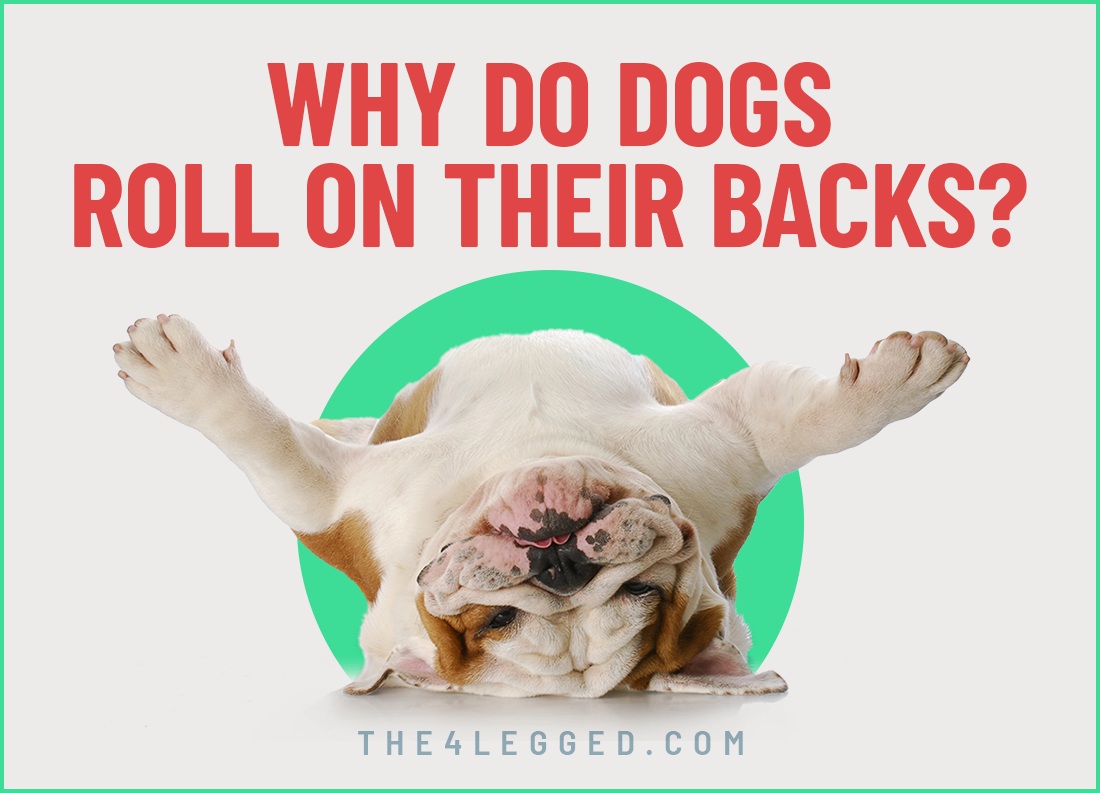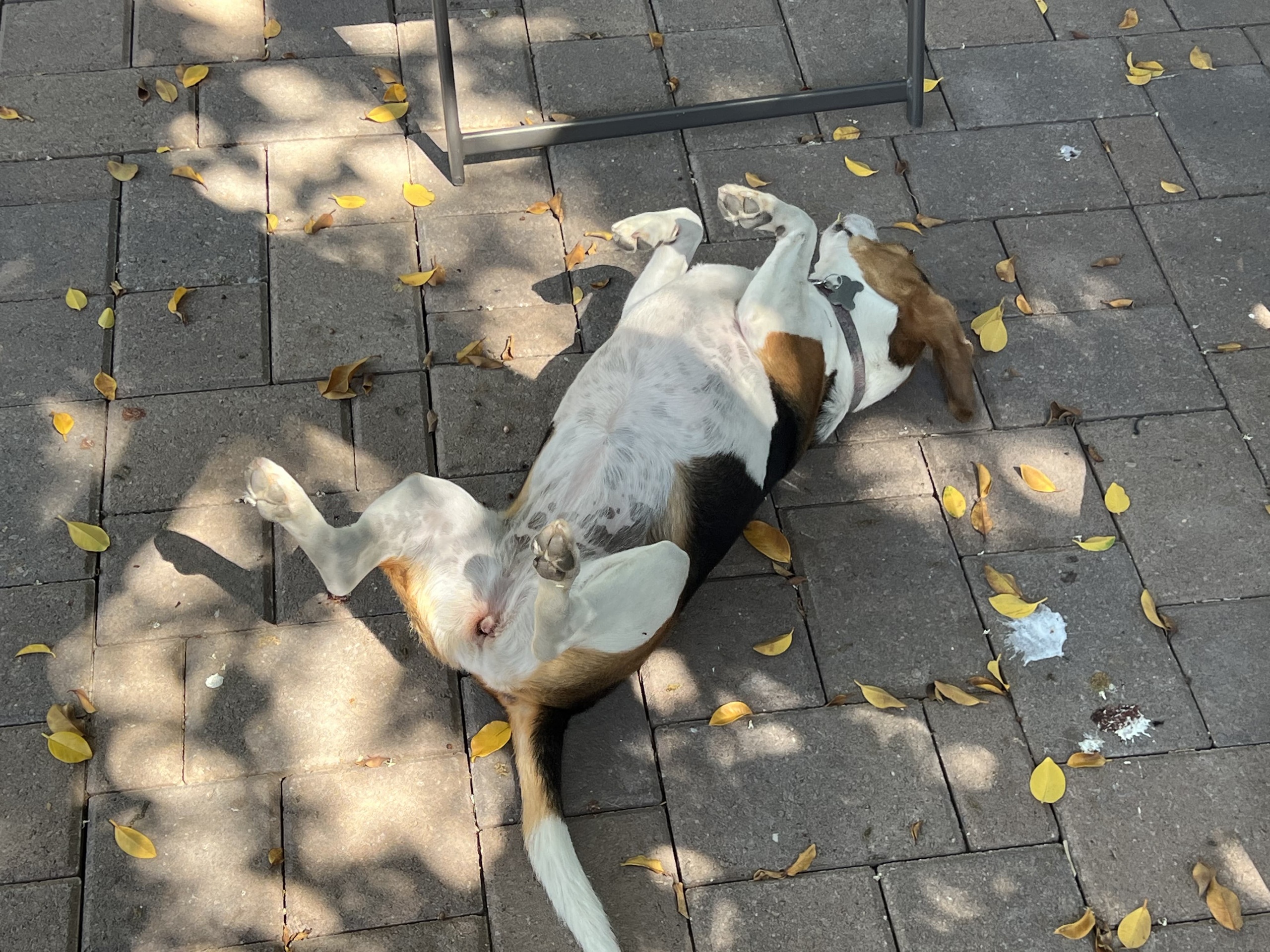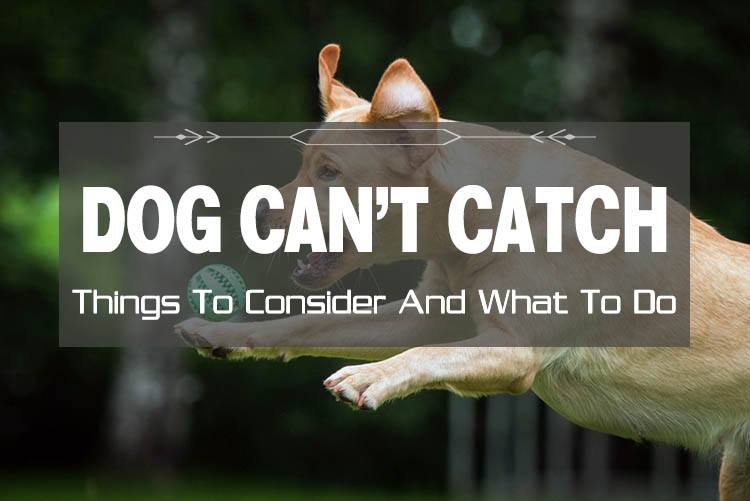Why do dogs roll on their backs? If you’ve ever caught your pup wiggling around belly-up, you might’ve wondered what it means. Are they asking for belly rubs, feeling playful, or trying to tell you something more?
Dogs roll on their backs for lots of reasons—from cooling down and scratching itches to showing submission or masking their scent. In this article, we’ll explore the real reasons behind this quirky behavior and what it says about your furry friend.
Key Takeaways
- Dogs roll on their backs to seek belly rubs and show trust, but it’s important to track their comfort level.
- Rolling can also indicate itchiness or discomfort, requiring attention to their overall health and body language.
- This behavior is instinctual, helping dogs cool down, display submission, or playfully engage with their environment.
Seeking Belly Rubs
One of the most heartwarming reasons dogs roll on their backs is to seek belly rubs. When a dog rolls over with a relaxed body and raised paws, it’s often a clear invitation for some affection. This posture, combined with a wagging tail, shows a high level of trust and comfort with their human companions. This indicates your dog feels safe and content around you.
Sometimes, rolling over serves as a playful invitation. Imagine your dog enjoying a sunny afternoon, rolling around with a loose stance and wagging tail – they’re not just asking for belly rubs but also expressing joy. This behavior often happens in response to familiar voices or a comforting environment, reflecting their need for affection and interaction.
However, it’s important to monitor your dog’s overall body language to ensure they remain comfortable. While most dogs enjoy a good belly rub, some might feel vulnerable in this position. Respecting their boundaries and observing their reactions ensures you provide affection without causing discomfort.
Addressing Itches and Discomfort
Another reason dogs roll on their backs is to address itches and discomfort. Dogs, like us, can feel itchy in spots they can’t easily reach. Rolling on their backs allows them to scratch those hard-to-reach spots, providing much-needed relief. Often, dogs roll in the grass, using the rough surface to scratch their backs and sides.
Chronic itchiness, allergies, skin infections, or flea infestations can also lead to frequent rolling. Frequent rolling may indicate underlying issues that need checking. Treating these conditions can greatly improve your dog’s comfort and reduce constant scratching.
Subtle cues like lip-licking or yawning can indicate discomfort. These signals can indicate that your dog is experiencing some form of irritation or discomfort. Noticing these signs helps you understand and address their needs, keeping them happy and healthy.
Instinctual Scent Masking
Have you ever noticed your dog rolling in something particularly stinky? Though puzzling to us, this behavior is rooted in their instinct to mask their own scent. Dogs with a strong prey drive roll in strong or unusual scents to mask their odor. This behavior harks back to their wild ancestors who masked their scent to avoid detection by prey or predators.
Rolling in grass or strong odors serves this purpose for many dogs. After a bath, you might find your dog rolling around in the grass to mask their clean scent with the more familiar and comforting smell of the outdoors. This behavior helps them feel more secure and grounded in their environment.
Knowing this instinctual behavior helps you manage it better. Although challenging, providing ample play and scent exploration can help satisfy their natural urges in a controlled way, including scent marking.
Displaying Submission
Rolling onto their backs can display submission, especially in social interactions with other dogs or unfamiliar humans. This submissive gesture is a way to avoid potential aggression by showing they pose no threat. Lying on their back with an exposed belly, wagging tail, and slightly open mouth signals comfort and deference.
Pack animals like dogs commonly display this behavior. Rolling onto their backs is a way to communicate their submissive status and show respect to more dominant members of the pack. Interpreting this behavior helps you understand your dog’s interactions with others, ensuring they feel safe and understood.
Expressing Happiness and Playfulness
Dogs often roll on their backs to express happiness and playfulness. Rolling over during playtime can invite more play or indicate your dog is thoroughly enjoying themselves. This behavior is often accompanied by a relaxed body and wagging tail, showing they are having fun.
Frequent rolling during play signifies their contentment and enjoyment. There’s no need to stop this behavior; it’s a natural expression of their joy and playfulness. Imagine your dog rolling in the grass, basking in the sun, and feeling completely at ease – it’s a beautiful sight that signifies a happy and well-loved pet.
This behavior is especially noticeable in familiar environments where your dog feels safe and secure. Whether they’re playing with you or other dogs, rolling on their backs is a clear indication that they are comfortable and having a great time.
Cooling Down
Dogs may roll on their backs to cool down. Exposing their belly to cooler surfaces or air on hot days helps lower body temperature. This behavior is effective because the less-furred belly allows better heat dissipation.
Your dog might roll on their back on cool ground or in shady spots. This position helps them cool off efficiently, making it common in warmer weather. It’s a simple yet effective way for dogs to regulate their body temperature and stay comfortable.
This cooling method is one of many ways dogs use their environment to stay well. Understanding this behavior helps you provide for your dog’s needs, ensuring access to cool surfaces and shade during hot days.
Tactical Advantage in Play
During play, rolling over can also be a tactical maneuver. Dogs roll onto their backs to position themselves advantageously for playful attacks or to evade bites. This behavior is a strategic move that adds fun and excitement to play sessions.
Rolling on their backs during play allows dogs to execute playful attacks. Lying on their back lets them use their paws more effectively and launch surprise moves. This playful behavior showcases their agility and creativity, making playtime more engaging and enjoyable.
Knowing this aspect of their behavior helps you appreciate the complexity of your dog’s play tactics. It’s about using their natural instincts to enhance the play experience.
Understanding Your Dog’s Body Language
Interpreting body language is key to understanding why dogs roll on their backs. Dogs roll on their backs to scratch hard-to-reach areas, relieving irritation. Chronic itching from allergies or parasites may cause this behavior.
Not all rolling results from itchiness. Dogs may also roll on their backs to alleviate discomfort from skin conditions or infestations. Observing overall body language helps determine the underlying cause. For instance, a dog rolling onto its back but tucking its tail and showing stiff lips might be scared rather than relaxed.
Comprehending your dog’s body language as a whole is essential. Various movements and postures give clearer insights into their emotional state. Noticing these signals allows you to respond better to your dog’s needs, keeping them happy and healthy.
Summary
Dogs roll on their backs for many reasons—seeking belly rubs, relieving itches, displaying submission, or simply cooling down. Each of these behaviors offers a window into their emotional and physical well-being. By understanding these actions, you can respond more thoughtfully to your dog’s needs, strengthening your bond and ensuring their overall happiness.
Paying close attention to your dog’s body language and behavioral patterns helps you better interpret what they’re trying to communicate. Whether it’s a request for affection, an attempt to scratch an itch, or just pure playful joy, your dog’s actions are full of meaning. Embrace these moments as opportunities to connect more deeply with your furry companion and to appreciate the unique dog habits and quirks that make them who they are.
Frequently Asked Questions
Why does my dog roll on his back when he sees me?
Your dog rolling on his back is a sign of trust and affection, and he’s probably hoping for some belly rubs from you! It’s a sweet way for him to show he feels safe with you.
Why does my dog roll in stinky things?
Your dog rolls in stinky things as a natural instinct to mask their scent with stronger odors. It’s just their way of connecting with their primal roots!
How can I tell if my dog is rolling over to show submission?
If your dog is rolling over with a wagging tail, relaxed body, and an open mouth, it’s likely showing submission. These signs mean your pup is feeling safe and comfortable around you.
Why does my dog roll on his back at the dog park?
When your dog rolls on his back at the dog park, it could be a sign of playfulness or submission. In a social setting with other dogs, rolling over can indicate your dog is ready to play or acknowledging another dog’s dominance in a friendly manner.
Why do dogs roll on blankets?
Dogs roll on blankets to enjoy the comfort and scent of familiar fabrics. The soft texture of a blanket can be soothing, and rolling on it may help your dog feel relaxed and secure, especially after a fun day at the dog park.





